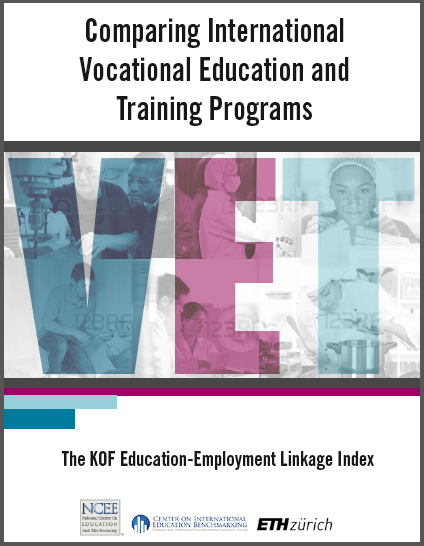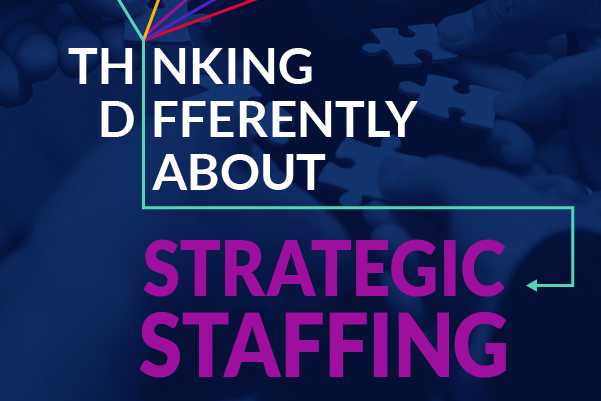Vocational education and training (VET) is a major policy topic for countries all over the world, who are eager to learn from the best examples where participation in VET is high and youth unemployment is low. Policymakers want to know how strong VET systems manage challenges like rapid technological change, matching labor market demand for skills, attracting enrollment, and creating high-status VET programs.
There is a perception that the secret lies in the intended curricula of successful VET programs, and a curriculum comparison of better and worse programs could uncover it. The hope seems to be that such a comparison would yield a simple solution—incorporate more STEM subjects perhaps, or make sure all students learn soft skills. However, our study found that that is not the case. What differentiates the strongest and weakest VET programs is the level of linkage between actors from the education and employment systems. In this report and the accompanying policy brief, we define and measure that linkage, then use it to compare countries’ largest upper-secondary VET programs.





